Ultime notizie dal mondo dei sistemi di marcatura, etichettatura e verifica dei codici
Nella nostra sezione dedicata alle notizie, potrete scoprire tutto ciò che c'è da sapere sugli ultimi sviluppi, tecnologie e tendenze nel campo della marcatura industriale e della verifica dei codici. Rimanete informati su soluzioni innovative, best practice e informazioni importanti.
Filtra per categoria
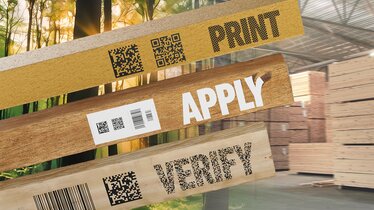
News
Marcatura affidabile per la catena del valore del legno

News
Il cambio di gestione in REA Elektronik inaugura una nuova era
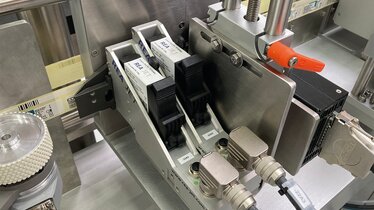
News
La qualità prima di tutto: è necessario anche per la marcatura di prodotti farmaceutici e medici di alta qualità
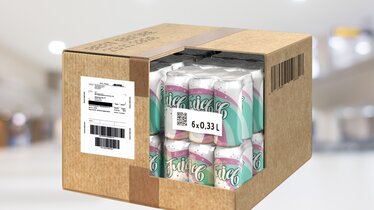
News
Sostenibile, personalizzato, affidabile: la marcatura logistica della REA
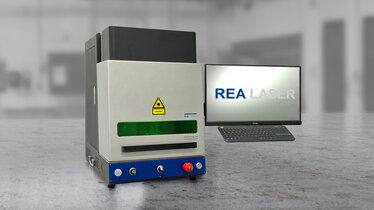
Blog
Preannuncio: cabina laser REA LASER LC400
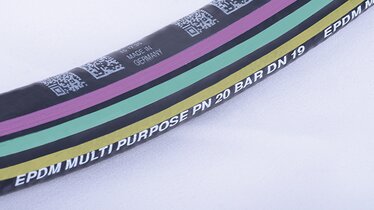
Blog
L'esperto di marcatura REA presenta un moderno portafoglio di prodotti per l'industria automobilistica

Blog
Marcare e bagnare in modo affidabile lamiere e metalli con REA

Blog
Lettere e loghi colorati su plastica colorata

Blog
L'esperto di marcatura REA presenta un moderno portafoglio di prodotti per l'industria dell'alluminio

Blog
Marcatura per il mondo del packaging innovativo

Blog
Sistemi per l'etichettatura di prodotti e imballaggi e la verifica dei codici per l'industria farmaceutica e della tecnologia medica

Blog
Imballaggio sostenibile e stampa di etichette - dall'etichettatura dei prodotti alla personalizzazione in fase avanzata
